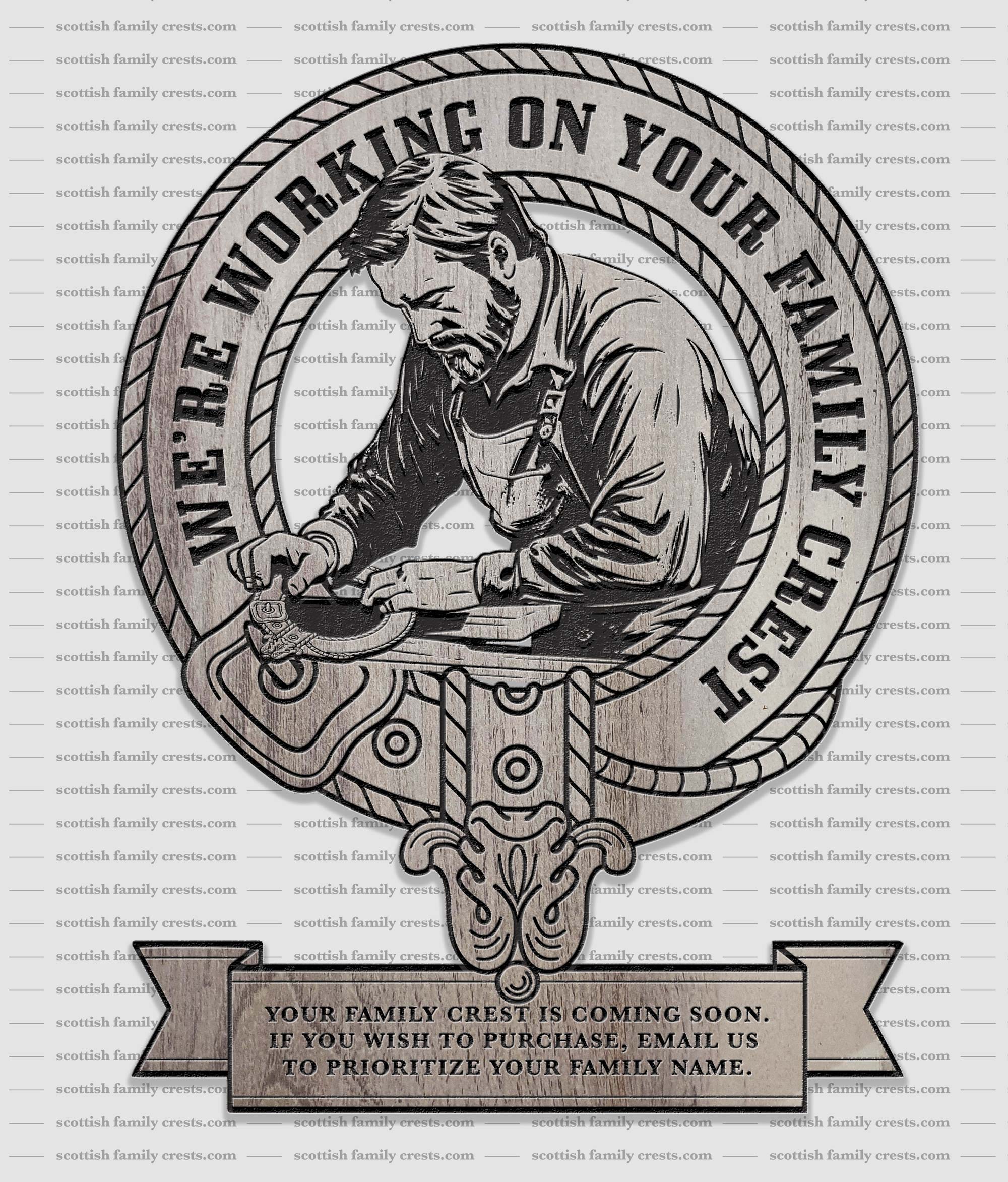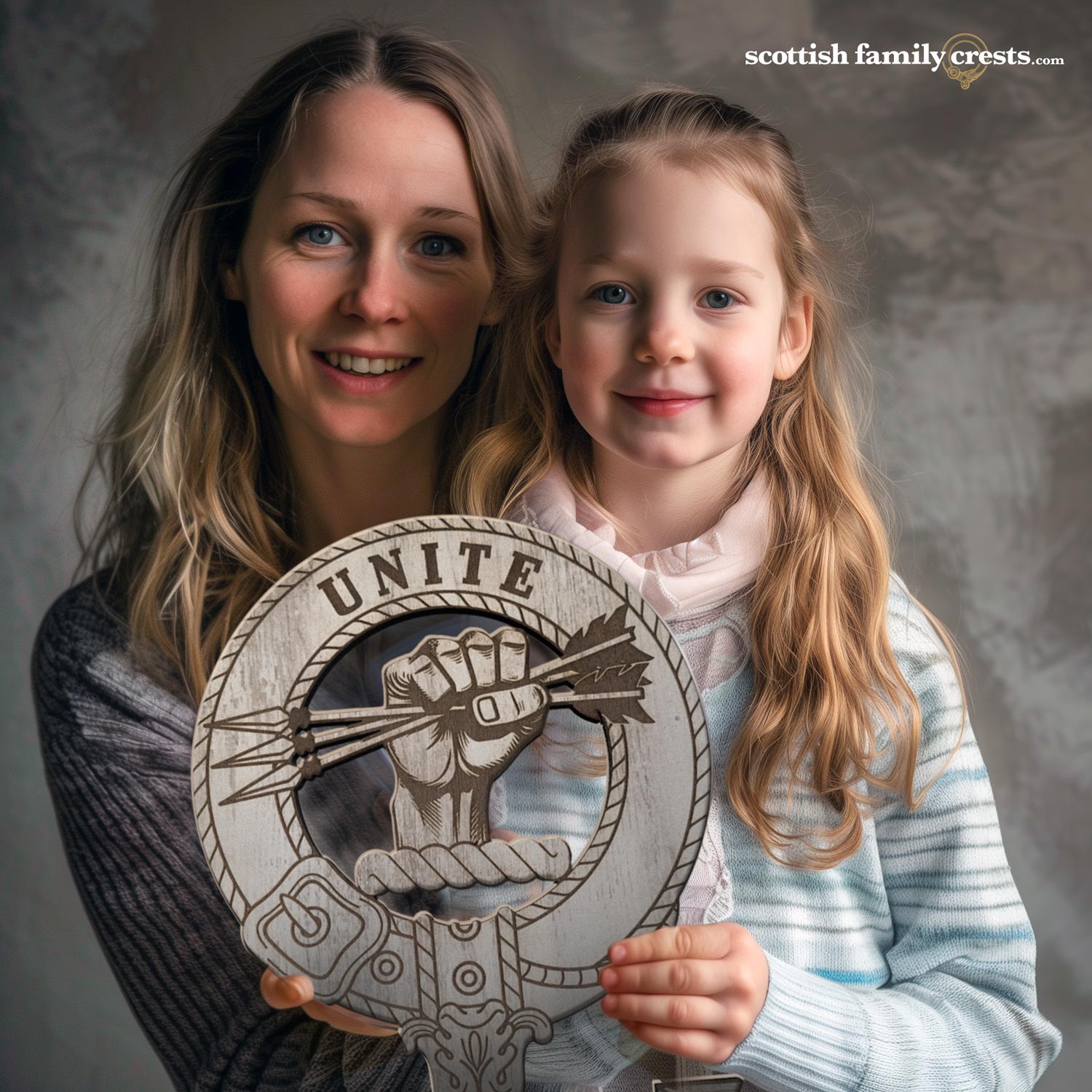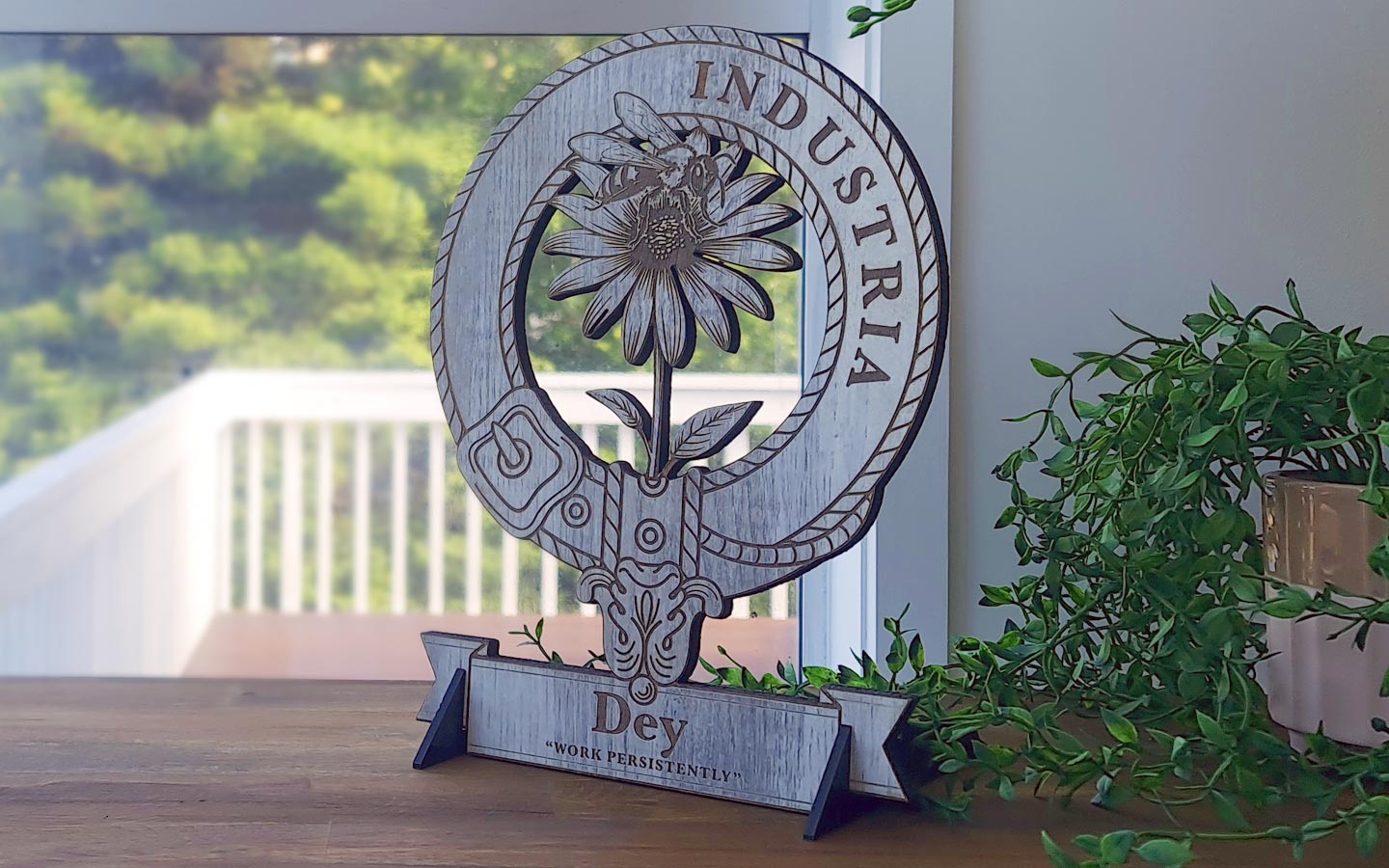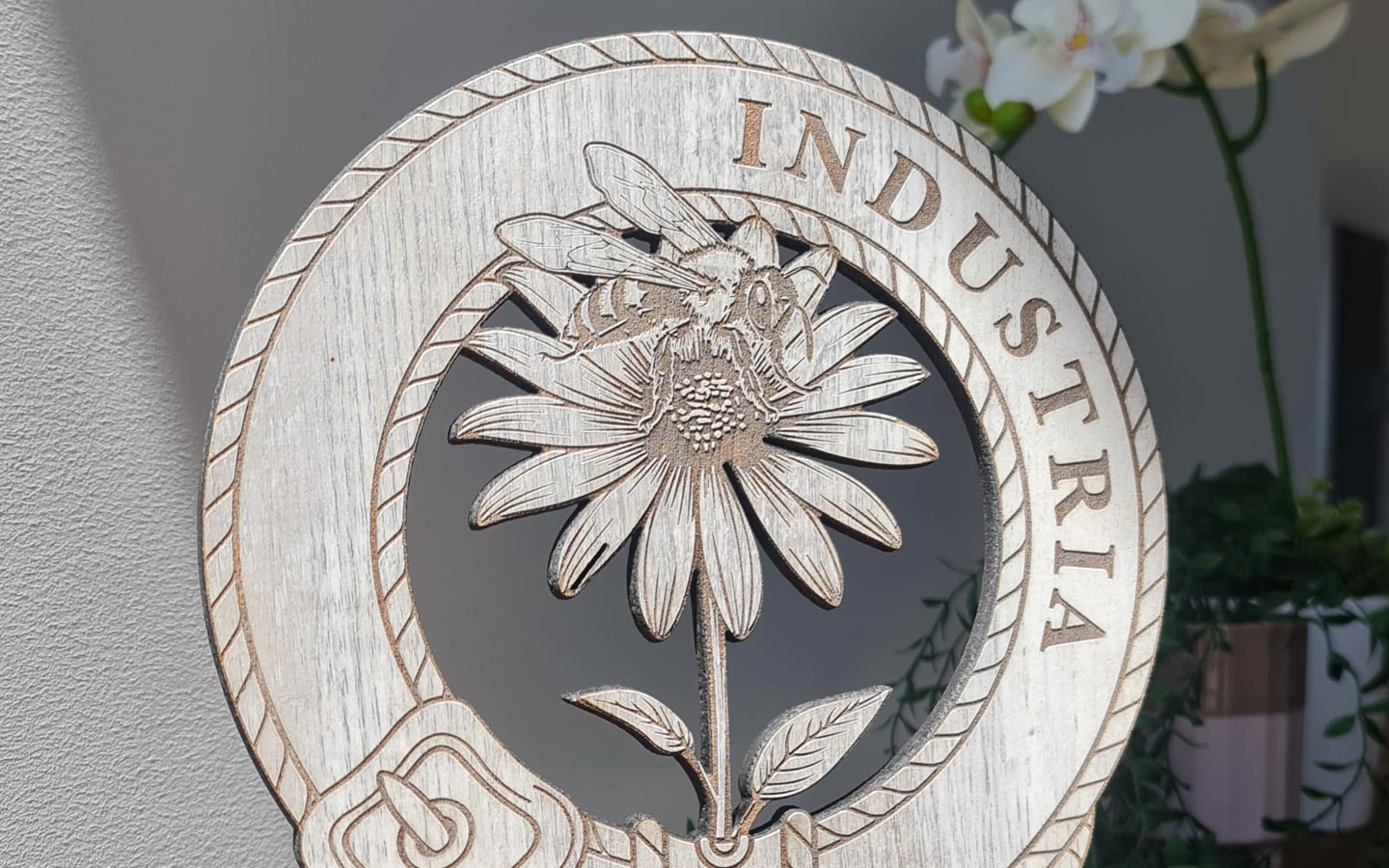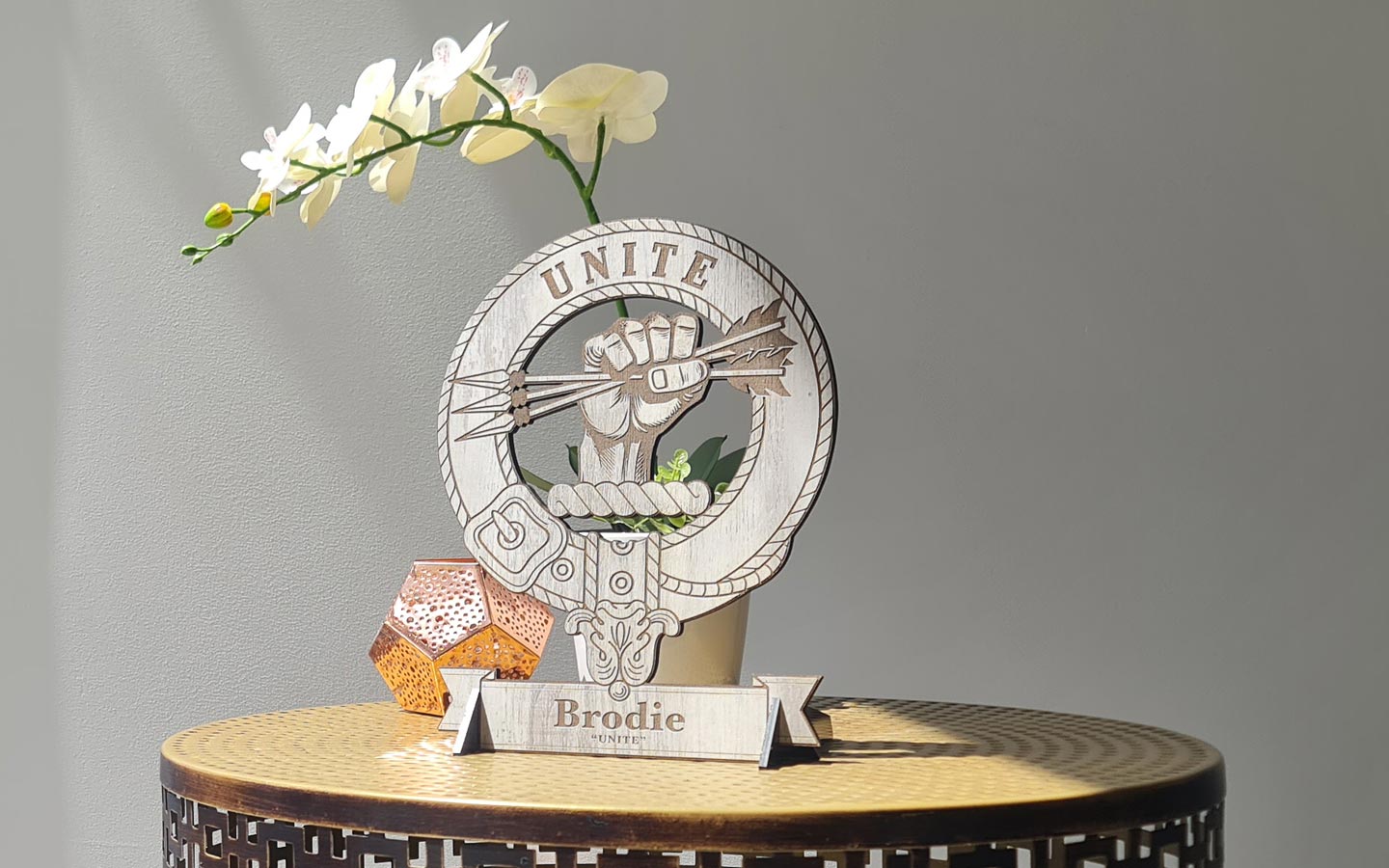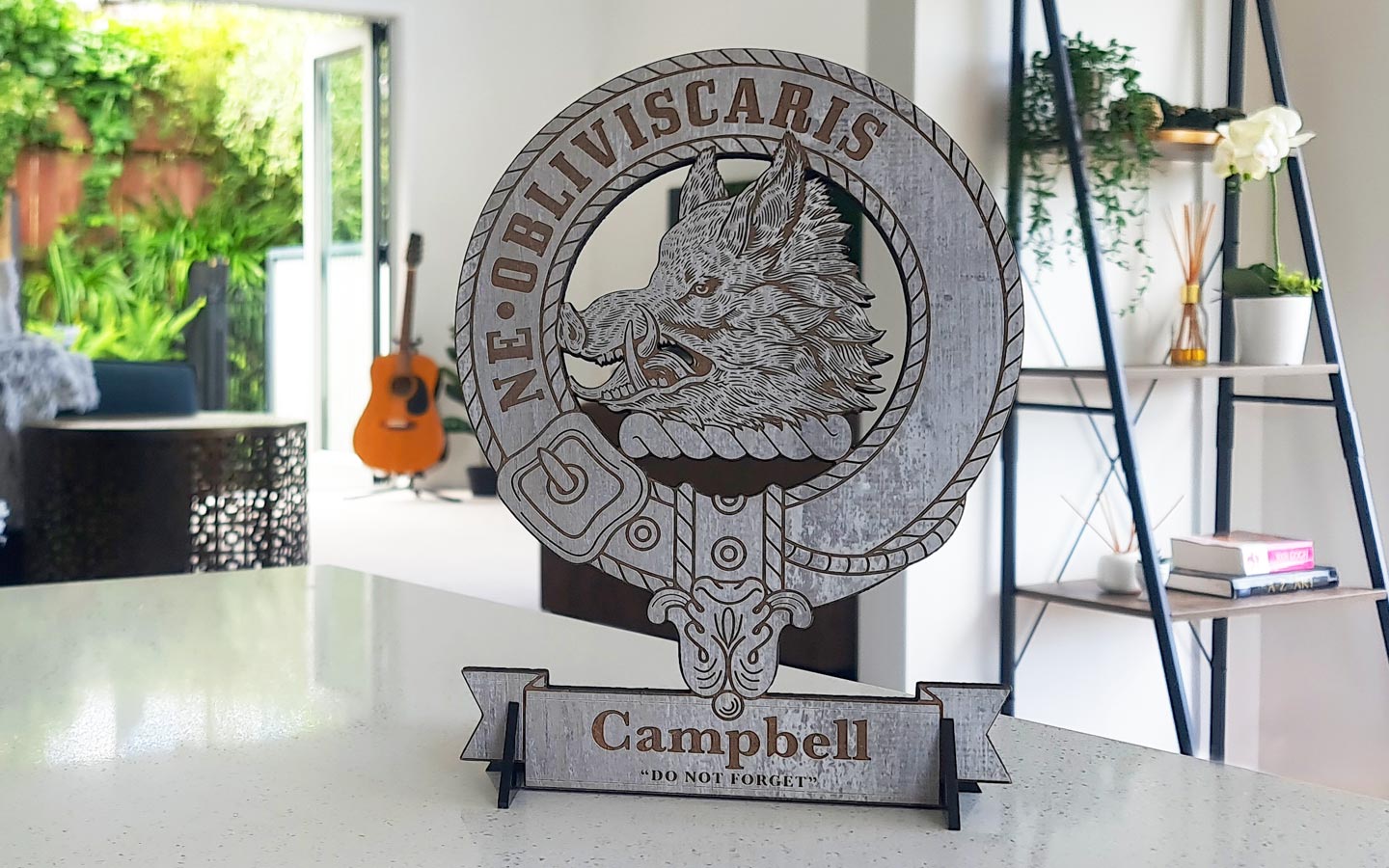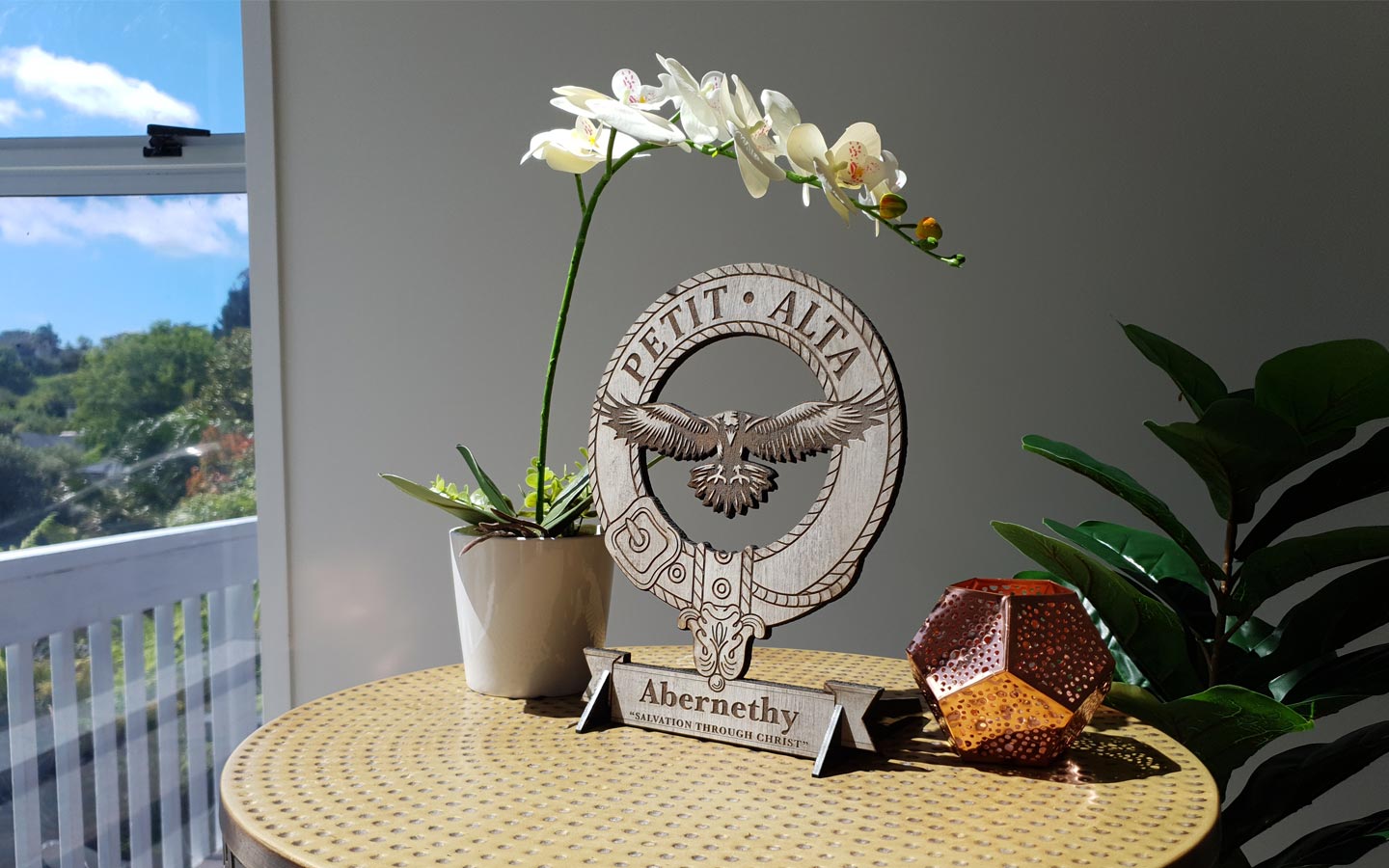Graham Family History & Ancestry
Let me share with you the rich history of your family, the Grahams, passed down through generations. Your family’s story dates back to the time when David I arrived in Scotland to claim his throne, and it is said that the first Graham was among the knights who accompanied him. Sir William de Graham, who lived from around 1080 to 1127, witnessed the foundation charter and the erection of the magnificent Abbey of Holyrood. The Grahams gained acceptance in Celtic Scotland by marrying into the princely family of Strathearn, acquiring the lands around Auchterarder, which became their principal seat. Notably, Sir John de Graham fought alongside Sir William Wallace and was renowned for his bravery, earning the epithet ‘Graham with the bright sword.’ Tragically, he fell at the Battle of Falkirk in 1298, and his gravestone and effigy can still be found in Falkirk Old Parish Church. The Grahams also acquired the lands of Mugdock, where they constructed a castle. Patrick Graham of Kincardine was granted a peerage in 1451, becoming ‘Lord Graham.’ Two generations later, the Grahams were bestowed the title of Earls of Montrose, and in 1504, their hereditary lands were erected into the free barony and earldom of Montrose.
The first earl met his fate at the Battle of Flodden in 1513. Over time, through purchases and inheritances, the Graham lands became among the wealthiest in Scotland by the late seventeenth century. From a younger son of the first Lord Graham, the line of the Graham Earls of Menteith emerged, granted to Malise Graham in 1427. One of the notable figures from this line was William Graham, the seventh Earl of Menteith and first Earl of Airth, who played a prominent role in ruling Scotland during the 1630s, preceding the tumultuous Wars of the Three Kingdoms.
Returning to the senior line, James Graham, the fifth Earl and first Marquess of Montrose, became one of the most famous figures in Scottish history. He led an army that supported Charles I and achieved remarkable victories for a time. However, he was eventually captured and executed in Edinburgh in 1650. Following the Restoration, the Stuarts honored their debt to the Grahams by bestowing Montrose with one of the grandest state funerals Scotland had ever witnessed. Another remarkable figure emerged from another branch of the family, the Grahams of Claverhouse. John Graham, Viscount Dundee, led a force in support of the deposed James VII in 1688 and achieved victory at the Battle of Killiecrankie. Sadly, he was fatally wounded in the battle.
There is a legend that Gramus, a chief of Caledonia, played a role in demolishing the Roman Wall built by the Roman Emperor Antoninus between the Firth of Forth and the Firth of Clyde. However, the first recorded Graham in Scotland was William de Graham, who was granted lands in Midlothian by David I in the 12th century. In the 13th century, the family married into the earldom of Strathearn and acquired lands in Auchterarder, Perthshire. Sir Nicholas de Graham is recorded as attending the Scottish Parliament in 1290 during the negotiation of the marriage between Princess Margaret, the Maid of Norway, and Prince Edward of England. Sir John de Graham, a supporter of Sir William Wallace, tragically fell at the Battle of Falkirk in 1298.
In 1325, the Grahams were confirmed in the lordships of Kinnabar and Old Montrose. They acquired the lands of Mugdock, north of Glasgow, in 1370. Sir William Graham married Princess Mary Stewart, a daughter of Robert III, and their grandson Patrick was created Lord Graham in 1451. Patrick’s grandson was then created the first Earl of Montrose in 1504 but fell in battle at the Battle of Flodden, fighting for his king, nine years later.
James, the fifth Earl of Montrose (1612-1650), was elevated to become the first Marquess of Montrose. He staunchly supported Charles I and Charles II against Oliver Cromwell’s Commonwealth. A brilliant military leader, he was eventually betrayed, captured, and executed in Edinburgh in 1650. After the Restoration, his remains were honored with a state funeral. In 1707, his descendant James, the fourth Marquess of Montrose, was created the first Duke of Montrose.
Another notable member of your family was John Graham of Claverhouse (1648-1689), who was created Viscount Dundee, also known as “Bonnie Dundee.” He was known for persecuting the Covenanters but was a loyal Jacobite campaigner and died while fighting at the Battle of Killiecrankie in 1689.
Thomas Graham of Balgowan (1748-1843) raised the 90th Regiment of Foot in 1793 and served as the Second-in-Command to the Duke of Wellington in the Peninsular War. He was later created Lord Lynedoch in 1814 for his military accomplishments. James Gillespie Graham (1777-1855) was a prominent architect involved in the creation of Edinburgh’s Georgian New Town. Kenneth Graham (1859-1932) was born in Edinburgh and is known for his famous work, “The Wind in the Willows.”
These are just a few highlights from the extensive and illustrious history of your family, the Grahams, who have left their mark on Scottish history and made significant contributions in various fields.
The Family Crest
Wherever in the world you live, embrace your family heritage and adorn your home with a timeless symbol of your family legacy with our crafted Family Crests.
Family Crest Motto: NE OUBLIE (do not forget)
$150.00 Original price was: $150.00.$99.00Current price is: $99.00.
Copyright Notice: This artwork is protected by copyright law. Unauthorized reproduction, distribution, or usage of this artwork without explicit permission from ScottishFamilyCrest.com is strictly prohibited.

